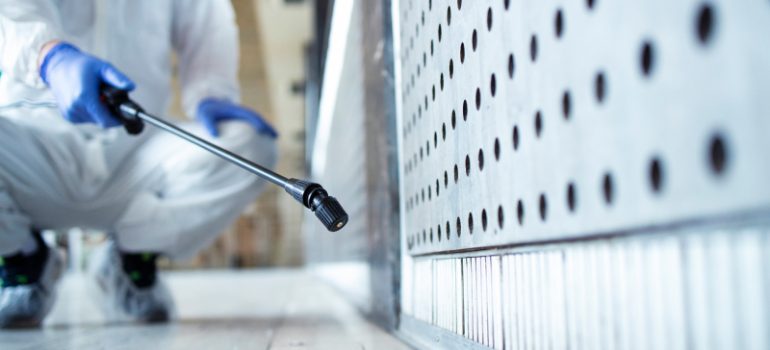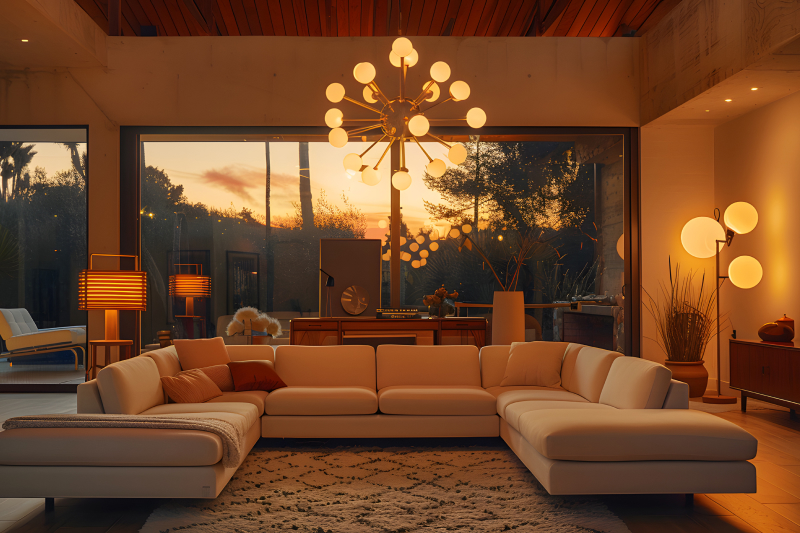
San Antonio Pest Control – Rodents
San Antonio Pest Control – Rodents
Raccoon populations are adaptable and can increase in cities and towns where mature trees, attics, sheds, and storm sewers are used as dens. Characteristic features include short pointed ears, a long pointed snout, and greyish-brown fur covering the body. The raccoon’s most distinguishing features are the black mask around the eyes and the black rings circling the long bushy tail. Adults grow to about 32 inches (81 cm), including the bottom, and larger animals may reach weights of more than 30 pounds (13.6 kg). Raccoons are excellent climbers and are very handy. They are most active at night, seeking refuge during daylight hours in hollow trees, dense vegetation, rock crevices, old buildings, barns, chimneys, or other cavity spaces. During the winter, raccoons usually “den up” for the coldest periods; this is not a true hibernation, and they often venture out during warm spells. Raccoons eat various foods, including insects, frogs, bird eggs, fruit, and garden vegetables, especially corn. Because of their ability to live in association with humans and their varied food preferences and denning habits, people often consider raccoons a nuisance.
The main wild rabbit in North America is the cottontail. It grows from 14 to 18 inches and weighs 2 to 3 pounds. They are brown with tan sides and white underparts. The jackrabbit is the largest of the American hares. They are more than 2 feet long, and their ears are 5 to 6 inches long. Jackrabbits weigh 4 to 6 pounds. Rabbits prefer regions where the soil is loose and dry and where there is brushwood for shelter. They may live in brushy woods and gardens of eastern North America, on the western plains and deserts, on mountains, and even in the Arctic snows. European rabbits live alone on about an acre of land. European rabbits live in groups in a burrow. The cottontail rabbit lives in the Western Hemisphere.
There are two primary species of rats: The Norway rat and the roof rat. The Norway rat is both larger and heavier than the roof rat. It has a wider distribution and is usually more common, although the roof rat may be abundant in some localities, usually near coastal areas. Norway rats build their nests in burrows under buildings, low shrubs or ground cover, wood piles, yard accumulations of junk, and garbage dumps. On the other hand, the roof rat is a better climber than the Norway rat and is more likely to build its nest in walls, attics, vines, or trees. – is 13-18 1/2 inches in total length, with its tail being shorter than its head and body combined. An adult Norway rat weighs about 3/4 to 1-1/4 pounds. It is primarily brown, with a lighter-colored stomach. The tail is semi-naked and darker above than below, giving it a two-toned effect. – is also 13-18 1/2 inches in total length, with its tail being longer than its head and body combined. An adult roof rat weighs about 3/4 to 2/3 pounds. It is primarily black with some gray below, although some variations exist. The tail is also semi-naked but of one color.



